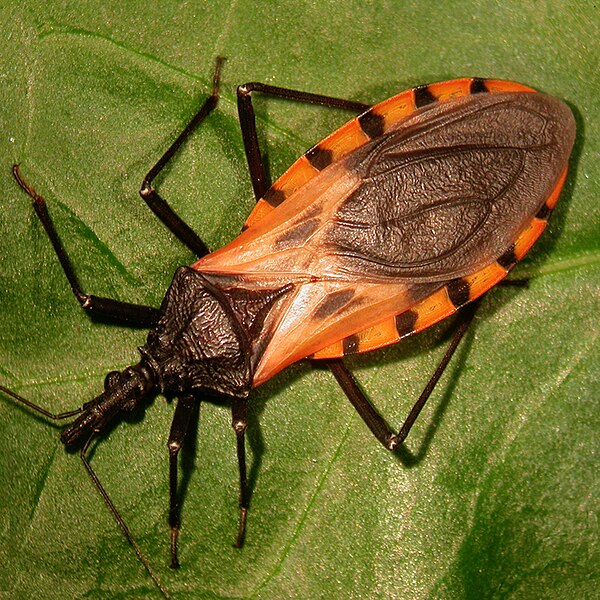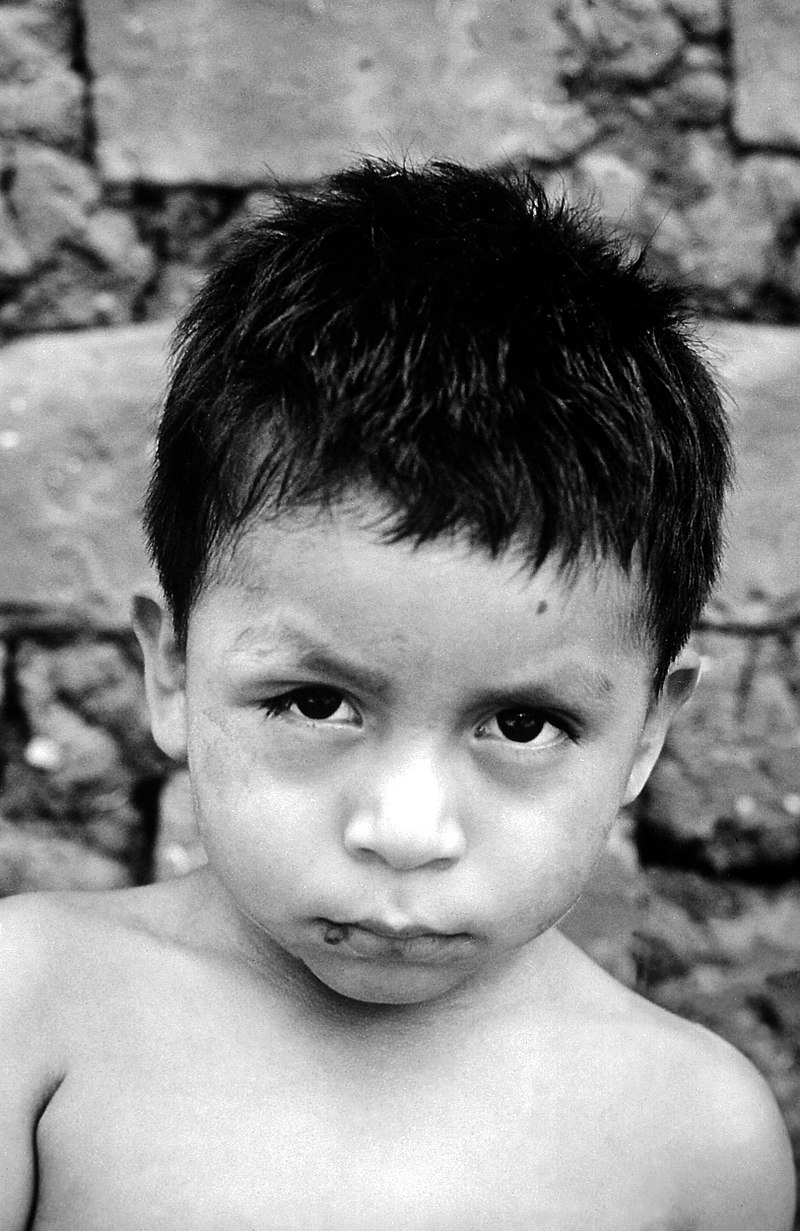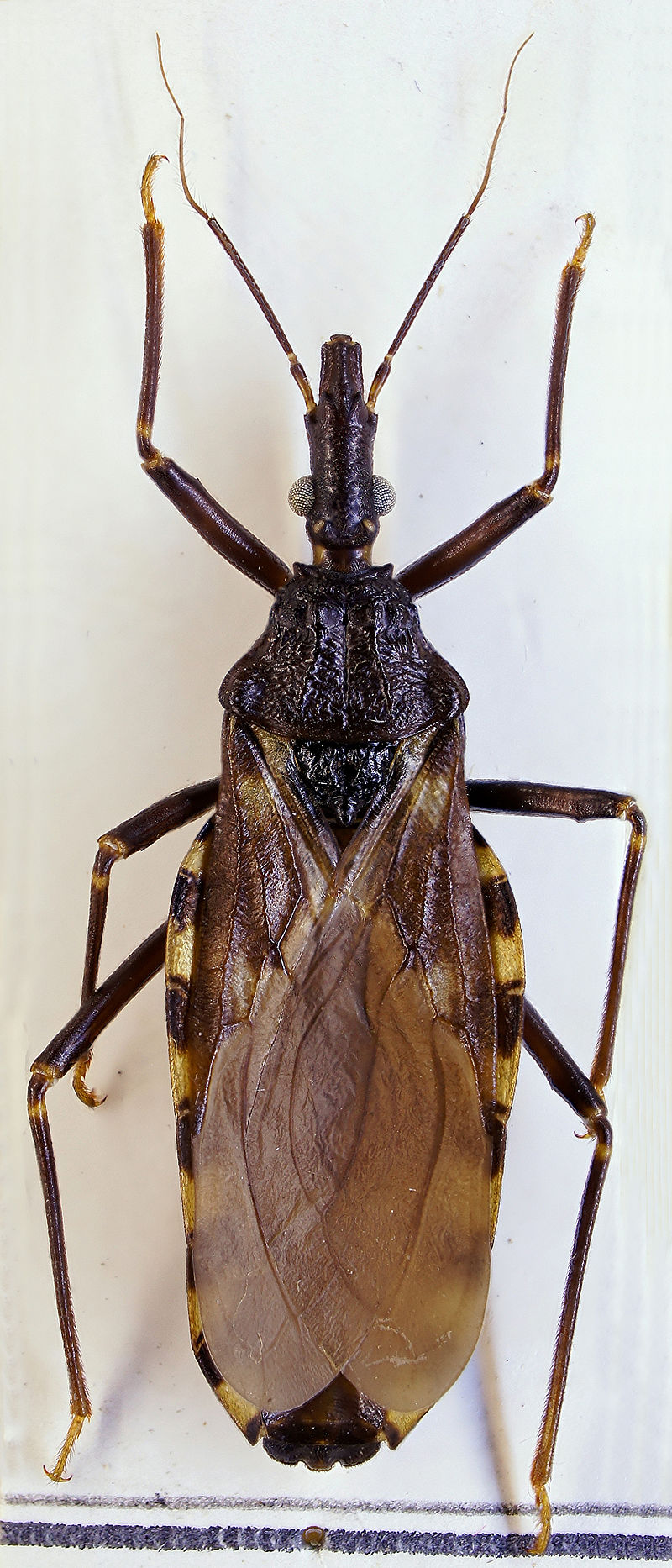When Emiliana Rodriguez was a little girl, she recalls watching friends play a nighttime soccer match when one of the players abruptly died on the pitch.
Unaware of what had transpired, Rodriguez, a native of Bolivia, developed a phobia of the dark and the “monster”—the silent killer known as Chagas—that she had been told only appears at night.
Chagas disease is a unique sort of illness that is spread by nocturnal insects. It is also known as the “silent and silenced disease” that infects up to 8 million people annually, killing 12,000 people on average.

Emiliana Rodriguez, 42, discovered she had to live with Chagas, a “monster,” after relocating to Barcelona from Bolivia 27 years ago.
“Night is when the fear generally struck. I didn’t always sleep well,” she admitted. “I was worried that I wouldn’t wake up from my sleep.”
Rodriguez had specific tests when she was eight years old and expecting her first child, and the results indicated that she carried the Chagas gene. She recalled the passing of her buddy and remarked, “I was paralyzed with shock and remembered all those stories my relatives told me about people suddenly dying.” “I wondered, ‘What will happen to my baby?’”
Rodriguez was prescribed medicine, though, to prevent the parasite from vertically transmitting to her unborn child. After her daughter was born, she tested negative. Elvira Idalia Hernández Cuevas, 18, was unaware of the Mexican silent killer until her 18-year-old son was diagnosed with Chagas.
Idalia, an eighteen-year-old blood donor from her birthplace near Veracruz, Mexico, had a positive diagnosis for Chagas, a disease caused by triatomine bugs, often known as vampire or kissing bugs and bloodsucking parasites, when her sample was tested.
In an interview with the Guardian, Hernandez stated, “I started to research Chagas on the internet because I had never heard of it.” When I read that it was a silent murderer, I became really afraid. I had no idea where to go or what to do.

She is not alone in this; a lot of people are ignorant of the diseases that these unpleasant bugs can spread. The term Chagas originates from Carlos Ribeiro Justiniano Chagas, a Brazilian physician and researcher who made the discovery of the human case in 1909.
Over the past few decades, reports of the incidence of Chagas disease have been made in Europe, Japan, Australia, Latin America, and North America.
Kissing bugs are mostly found in rural or suburban low-income housing walls, where they are most active at night when humans are asleep. The insect bites an animal or person, then excretes on the skin of the victim. The victim may inadvertently scratch the area and sever the skin, or they may spread the excrement into their mouth or eyes. This is how the T. cruzi infection is disseminated.
The World Health Organization (WHO) estimates that between 6 and 7 million people worldwide—roughly 8 million people in Mexico, Central America, and South America—have Chagas disease; the majority of these individuals remain oblivious to their illness. These estimates are provided by the Centers for Disease Control and Prevention (CDC). The persistent infection might be fatal if untreated. According to the Guardian, Chagas disease kills over 12,000 people year, “more people in Latin America than any other parasite disease, including malaria.”
Despite the fact that these bugs have been found in the United States—nearly 300,000 people are infected—they are not thought to be endemic.
While some people never experience any symptoms, the CDC notes that 20 to 30 percent experience gastrointestinal or heart problems that can cause excruciating pain decades later.

Furthermore, only 10% of cases are detected globally, which makes prevention and treatment exceedingly challenging.
Hernández and her daughter Idalia went to see a number of doctors in search of assistance, but all were also uninformed about Chagas disease and its management. “I was taken aback, terrified, and depressed because I believed my kid was going to pass away. Above all, Hernandez stated, “I was more anxious because I was unable to locate any trustworthy information.”
Idalia finally got the care she required after receiving assistance from a family member who was employed in the medical field.
“The Mexican government claims that the Chagas disease is under control and that not many people are affected, but that is untrue,” Hernández asserts. Medical practitioners misdiagnose Chagas disease for other heart conditions because they lack knowledge in this area. Most people are unaware that there is Chagas in Mexico.
The World Health Organization (WHO) has classified chagas as a neglected tropical disease, which means that the global health policy agenda does not include it.
Chagas is overlooked in part because, according to Colin Forsyth, a research manager at the Drugs for Neglected Diseases Initiative (DNDi), “it’s a silent disease that stays hidden for so long in your body… because of the asymptomatic nature of the initial part of the infection.”

